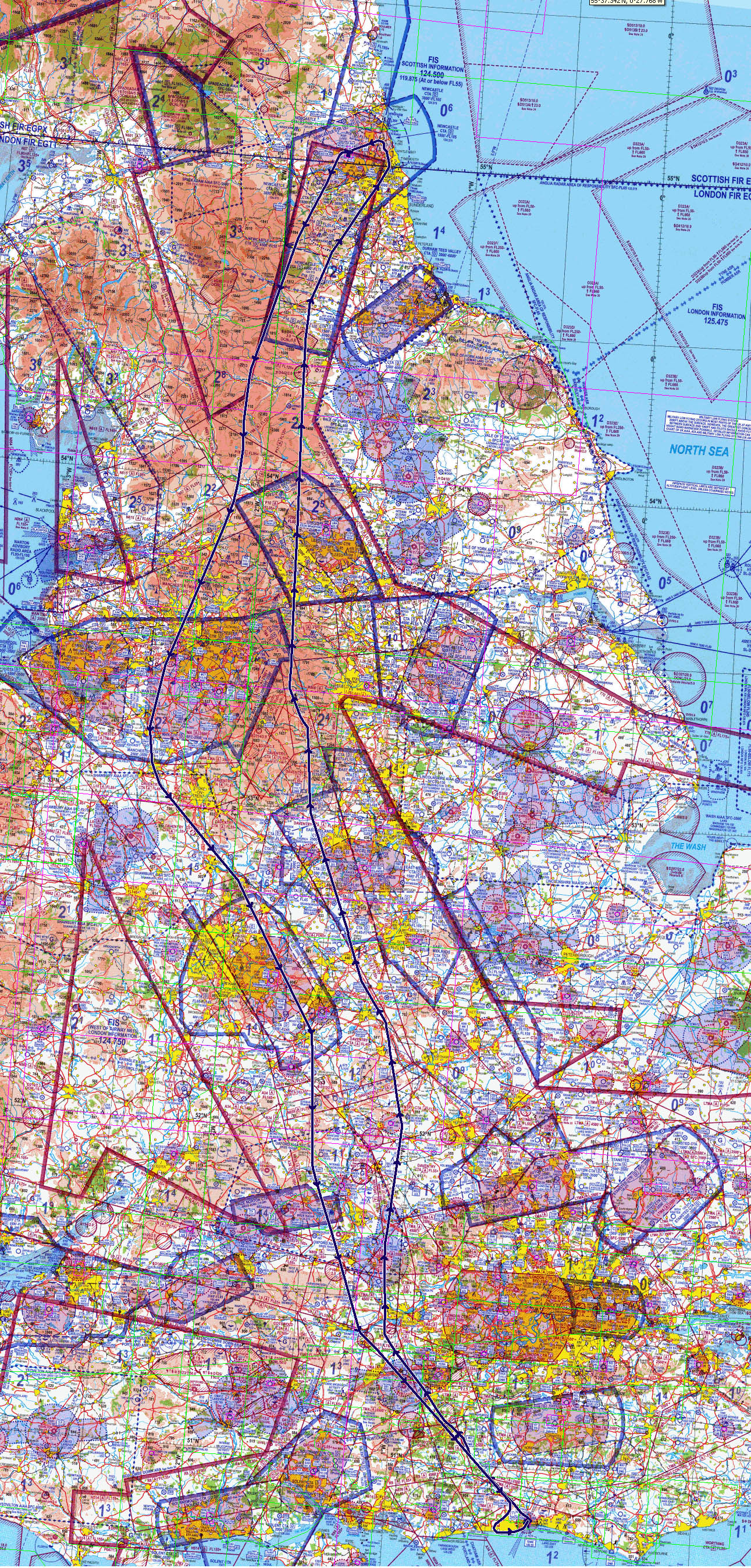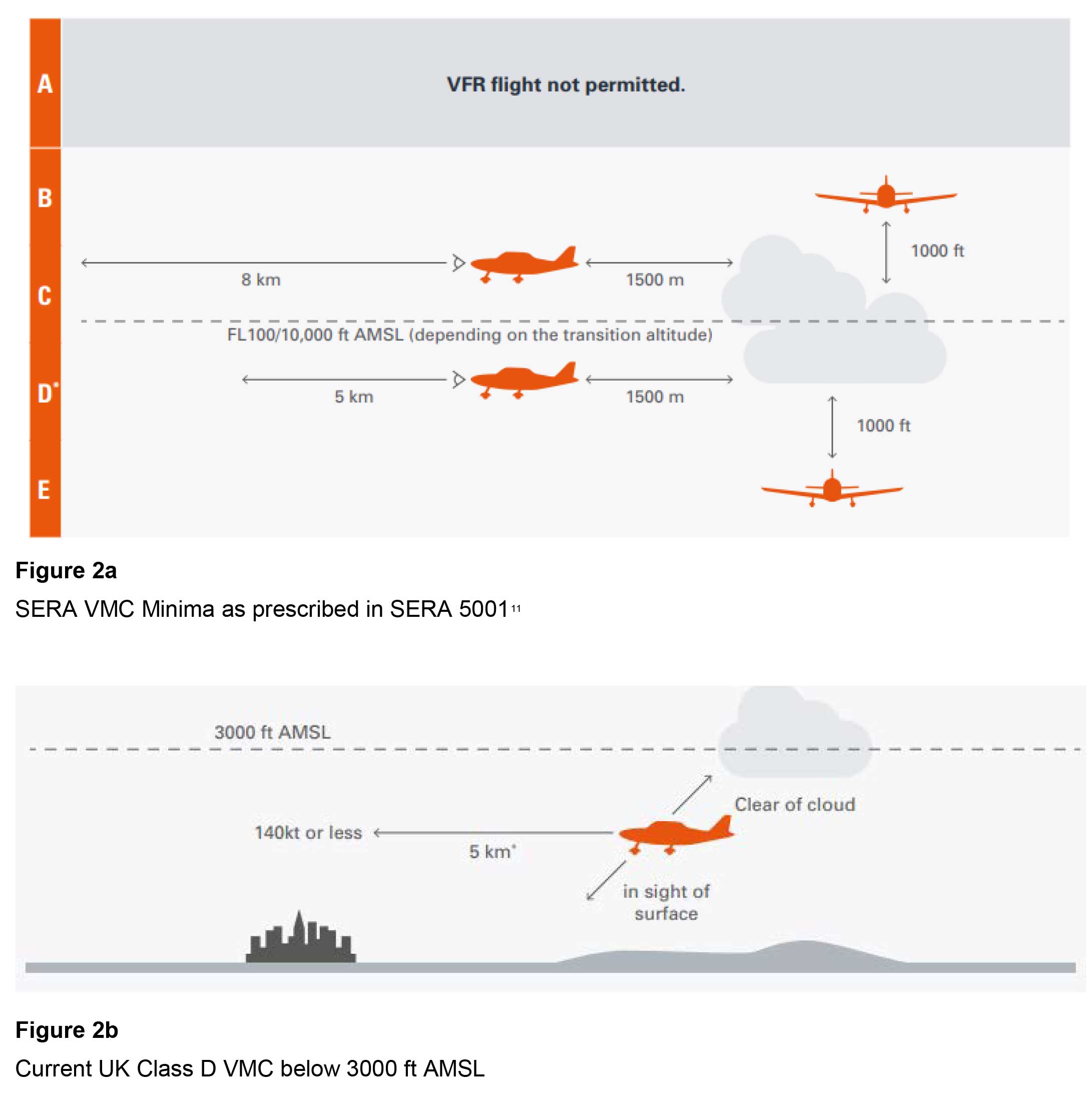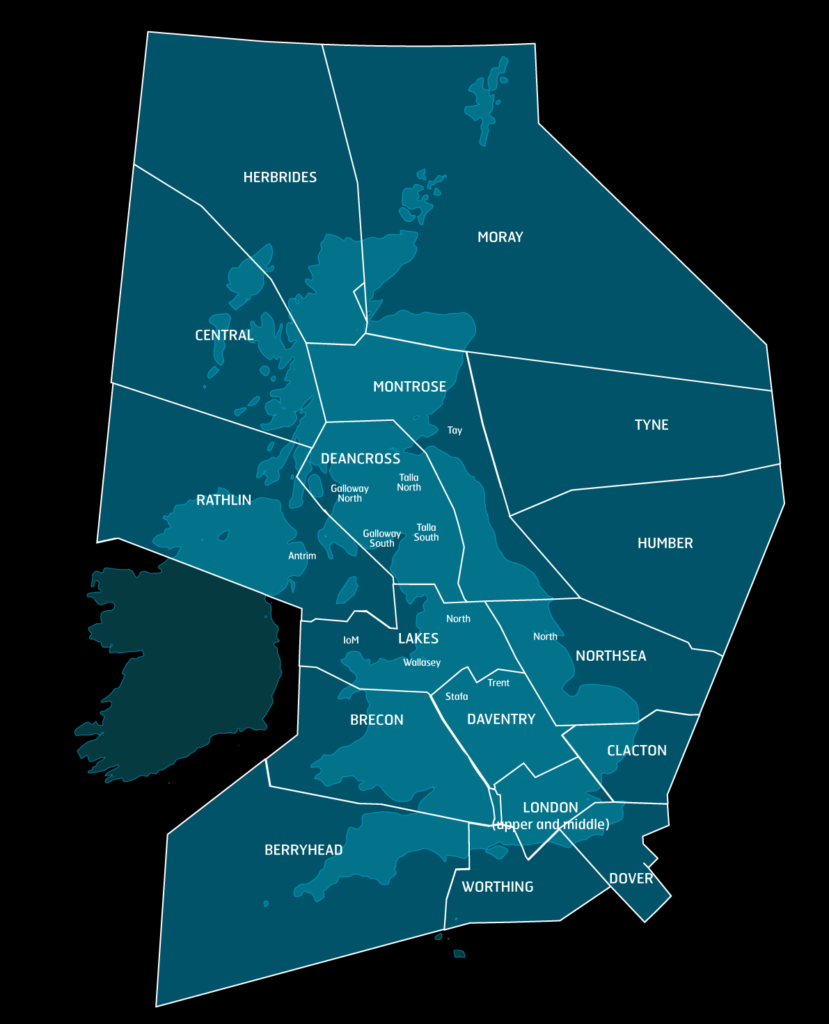class g airspace uk
Classes A C D and E are areas of controlled airspace and G is uncontrolled airspace. This is considered controlled airspace as it is where most general aviation activity takes place and therefore drone pilots must be in communication with area traffic.

Class G Airspace Everybody Struggles With This One Online Ground School Youtube
I would argue that the majority of UK Class G airspace above 3000 or so is already operated along Class E lines with the overwhelming majority of enroute IFR traffic getting a service of some description most likely a deconfliction service if IMC and the majority of VFR traffic going about its business unfettered by ATC.

. Classes A C D E are Controlled Airspace whilst for Classes F G Airspace the UK has registered differences from the ICAO Standard so as to allow greater flexibility to VFR flights at and below 3000ft amsl and to allow IFR flight in this airspace without the requirement to carry a radio. This means that the airspace is not included under class A B C D or E. In class G ie.
All was as planned but later London Info urged us to. Uncontrolled airspace there are currently no restrictions on. However pilots still need to adhere to the.
However pilots are required to meet IFR altitude and flight level requirements. During crossing FIR boundary at FL 60 we were transferred to London information. That is not otherwise designated Class B C or D airspace.
Londons busy airspace contains all three of the UK controlled classes. Category G airspace is everything else that isnt AC D E and means that the air is uncontrolled formally and pilots can fly there without having to obtain any Air Traffic Control permissions. It makes up a large portion of the country.
Those parts of the Channel Islands TMA North which lie within the London FIR and are located below the lower limits of the Berry Head and Portsmouth CTAs are notified as Class G Airspace. In the airspace highlighted below Class E starts at 1200 AGL so Class G automatically starts at the surface and extends to - but doesnt include - 1200 AGL. Individual countries designate different portions of airspace as class G eg.
Class G Airspace. Weather Requirements Class G minimum weather requirements exist so that you can see and avoid other aircraft and stay out of the clouds. Class G is uncontrolled airspace.
14 CFR 91177 requires pilots to remain at least 1000ft above the highest obstacle within a horizontal distance of 4NM from the course indicated in the filed flight plan. Class G Airspace does not require any authorization to fly in assuming there are no TFRs or other special restrictions. This is the only uncontrolled airspace in the UK.
Special Use and Other Airspace Classes Special Use Airspace SUA is a designated area in which activities must be confined because of their nature where limitations may be imposed upon aircraft not part of those activities or both. There is an ongoing need to identify and conduct the work required to enable the continued evolution of UK Class G Airspace and operations within it. All remaining airspace comprising by far the largest part of the airspace below FL 195.
Weather condition was IMC so we were forced to file an IFR flight plan. Class G airspace is uncontrolled airspace that has not been designated as Class A B C D or E. In the UK airspace above FL660 Flight Level 660 or 66000 feet is uncontrolled and belonging to class G while in the US any airspace above FL600 60000 feet.
Aircraft are still subject to the appropriate regulations for both IFR and VFR flight. ATC has no authority nor responsibility for air traffic control in these regions. Across the world airspace is structured according to internationally agreed principles.
Airspace is divided into 3-dimensional blocks which are classified from class A to class G airspace. Class D airspace. London TMA Terminal Manoeuvring Area VFR flight not permitted unless any local agreements on which you must be briefed Class B none in UK Class C airspace in the UK extends from Flight Level FL 195 19500 feet to FL 660 66000 feet.
This airspace is usually well away from licensed Aerodromes and busy flight paths. Outside of the UK we offer our services in parts of Europe the Middle East and Asia. Those parts of the Channel Islands TMA South which lie within the Brest FIR are notified as Class E Airspace and are controlled by Brest ACC.
In the UK there are currently five classes of airspace. In a normal year pre-Covid we handle 25 million flights and 250 million passengers travelling in UK airspace. The UK is unusual in that it has not adopted a widespread class E system of airways for most airspace lower than FL 70.
Uncontrolled Airspace Class G Airspace. S11 Class G airspace in the UK continues to evolve and contain a very broad range of activity from Commercial Air Transport to high energy military to all types of sport and recreational flying. Class G Airspace is the uncontrolled airspace classification.
They still have to adhere to what is know as VFR Visual Flight Rules just like cars have to adhere to the Hightway Code aviation has their own code called VFR. Pilots are free to fly when and where they wish within laws and reason. More information on airspace classifications can be found in the CAA policy statement The Application of ICAO Airspace Classifications in UK Flight Information Regions4 16.
Typically Class G airspace includes all of the airspace below 14500 ft. Aircraft in Class G provide their own separation and collision avoidance. No airspace is designated Class B in the UK.
Classes A C D E are controlled Class G is uncontrolled. Yes it is possible to fly IFR in Class G airspace. Controlled and uncontrolled airspace.
Can you fly IFR in Class G airspace. Which aircraft can enter it. In the UK class G airspace is uncontrolled.
Unless designated at a lower altitude Class E airspace begins at 14500 MSL over the United States including that airspace overlying the waters within 12 NM of the coast of the 48 contiguous states and Alaska up to but not including 18000 feet. Therefore for light aircraft. Class G Airspace is all other airspace under 14500 feet and is uncontrolled airspace.
There may be no ATC in Class G but the rules still apply. The least restrictive airspace classification applied to all other airspace. We are the UKs leading provider of air traffic control services.
It extends from the surface to the base of the overlying Class E airspace. Questions - Class A airspace in UK for GA - Hi guys About week ago I was flying from Ostend to Sothend on PA28. The classification of the airspace within a FIR determines the flight rules which apply and the minimum air traffic services which are to be provided.
This exists anywhere that is above Class G but is not otherwise designated. Boundaries of Class G Airspace. This means there are no restrictions on.
Those a the classifications of airspace in The United States - they can be overwhelming at first when you dont understand. Class E is the next least restrictive airspace. It extends from the surface to the base of the overlying airspace.
Class A eg.
Airspace Classifications Student Pilot Guide

Uk Airspace Classes And What They Look Like On A Chart General Paramotor Discussion Www Paramotorclub Org
What Is Class G Airspace Quora

Operational Tips For Vfr And Ifr In Europe

New Farnborough Airspace Comes Into Effect Flyer Flyer

Drone Guide To Understanding Airspace

Trip To Newcastle January 2011

Changes To Vfr In Class D Airspace Deeply Flawed Flyer

The Hidden Secrets Of Uk Airspace Airspace Classifications Nats Blog

Air Traffic Control Is It Required For Pilots To Contact Atc While Flying Vfr Aviation Stack Exchange

Introduction To Airspace The Sky S The Limit Facebook

The Hidden Secrets Of Uk Airspace Airspace Classifications Nats Blog

Uk Airspace Classes And What They Look Like On A Chart General Paramotor Discussion Www Paramotorclub Org

The Sky S The Limit The Sky S The Limit Uk Airspace The 5 Classes And What They Look Like On A Chart Safer Smarter Confident Pilots In The Uk There Are

The Hidden Secrets Of Uk Airspace Airspace Classifications Nats Blog

Uk Airspace Classes And What They Look Like On A Chart General Paramotor Discussion Www Paramotorclub Org

